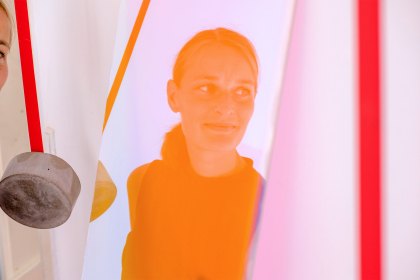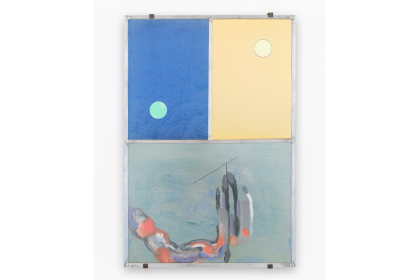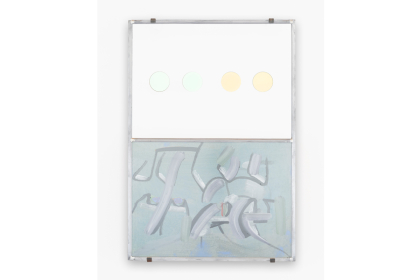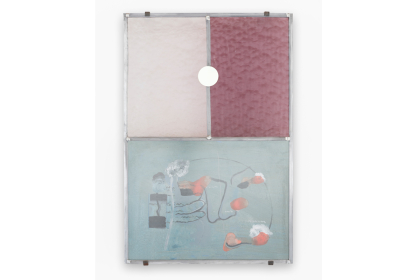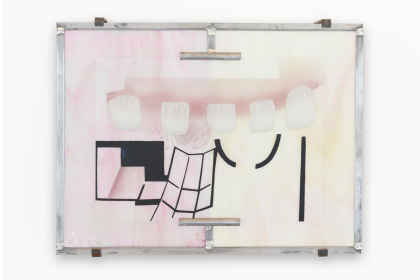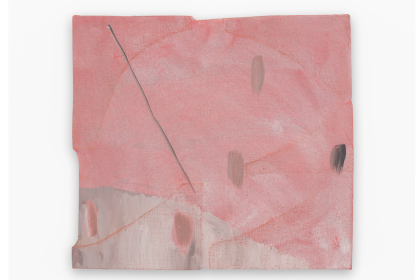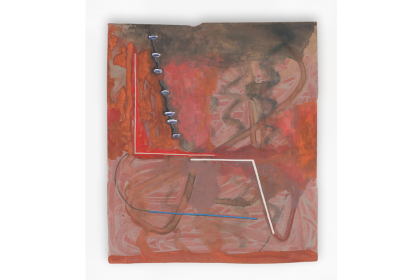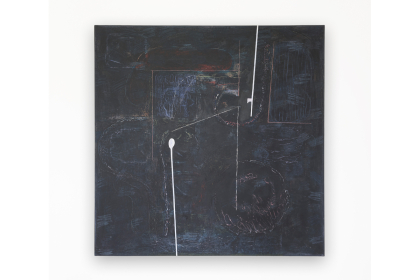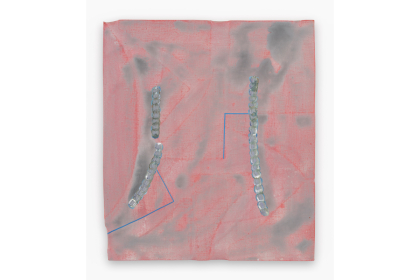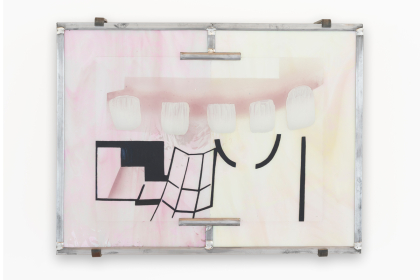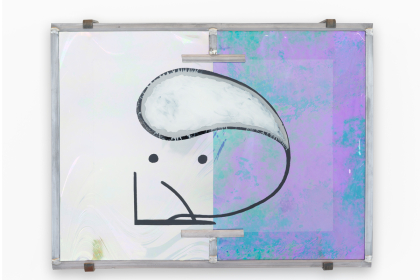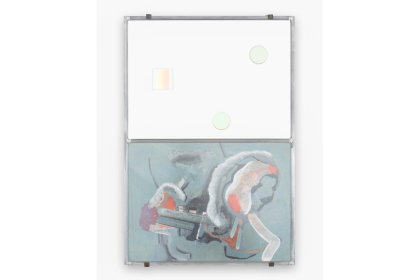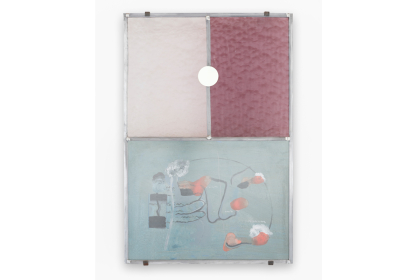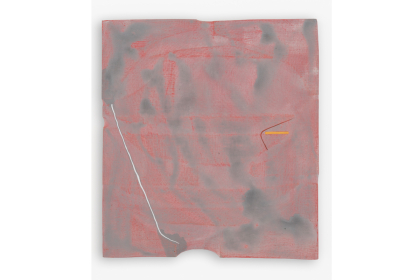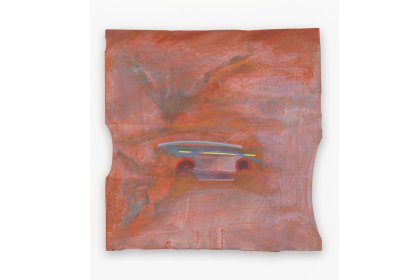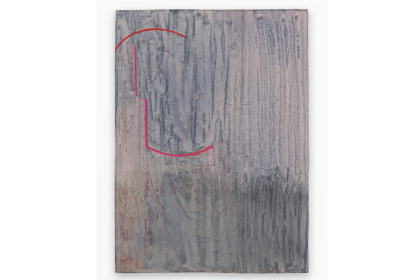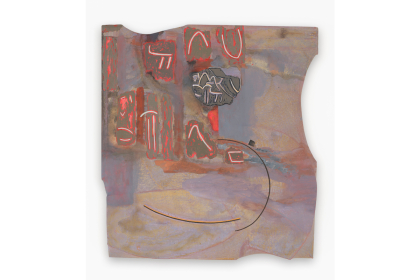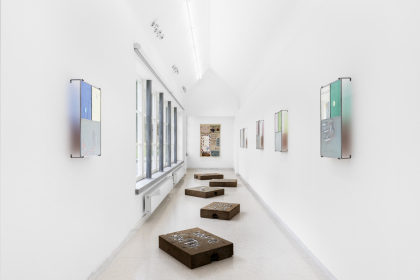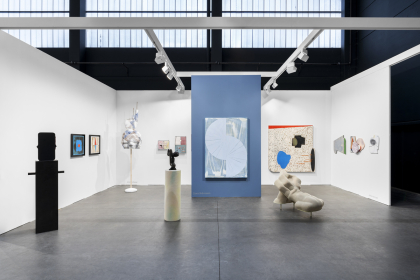Charlotte Eta Mumm (°1980, DE)
Lives & works in Amsterdam (NL)
Portrait © Stefan Ruissen
Charlotte Eta Mumm (°1980, DE) based in Amsterdam, the Netherlands. Her work is about ambivalences and tangibility. She works with multiple means of expressions and materials. It isn’t about the material per se but rather about the transformation and inherent qualities. Her work has been exhibited internationally. To name a few: Städtische Galerie Nordhorn (DE); Phoinix, Bratislava (SK); Museum Brot und Kunst Ulm (DE); Keramiekmuseum Princessehof, Leeuwarden (NL); Arti et Amicitiae Amsterdam (NL); Kunstenfestival Watou, (BE); Sculpture Quadrennial Riga (LV).
Awards and Residencies include e.g. Saari Residency fellowship from the Kone Foundation (FI), Werkstattpreis of the Art Foundation Erich Hauser in Rottweil (DE), working grant at the EKWC, Oisterwijk (NL), project funding of the Mondriaan Fonds (NL) . She was a resident at Kunsthuis SYB in Beetsterzwaag (NL) in 2022 and she will join the residency program Thread in Sinthian (SN) by the Josef & Anni Albers Foundation in 2023.
Artist Statement
I work with multiple means of expressions and materials, crossing the lines between painting, drawing, sculpture and situational settings. My practice moves between abstract and figurative, questioning the presence of things, inner/outer perspectives and the definition of space and surface.
Conflicting perceptions and paradoxes are important aspects within my artistic work. They challenge the certainty of images and concepts and keep me on the alert. The opposites and frictions as ‘counterweights’ form a sort of self-aligning level in my work.
What happens when you are looking for clarity or objectivity and simultaneously getting more personal?
Permanence and restlessness are simultaneously present in my work, as are a certain impetus, a desire for freedom, and a sensibility. This is also reflected in the materiality and processual aspect of my work, whereby the supposed failure of my planned concept often allows me the necessary freedom and depth. Perhaps this delivers a certain necessary tension and some kind of blurring. A direct translation of my initial ideas into an artistic work would lead to a plain and simple 1:1 ratio, where not much happens. In the transformation and the blurring of the intermediary spaces, something happens that I cannot put a name on. That is where things get exciting; as meaningfulness, irrationality and human emotions become interlinked, but are not completely explainable.

